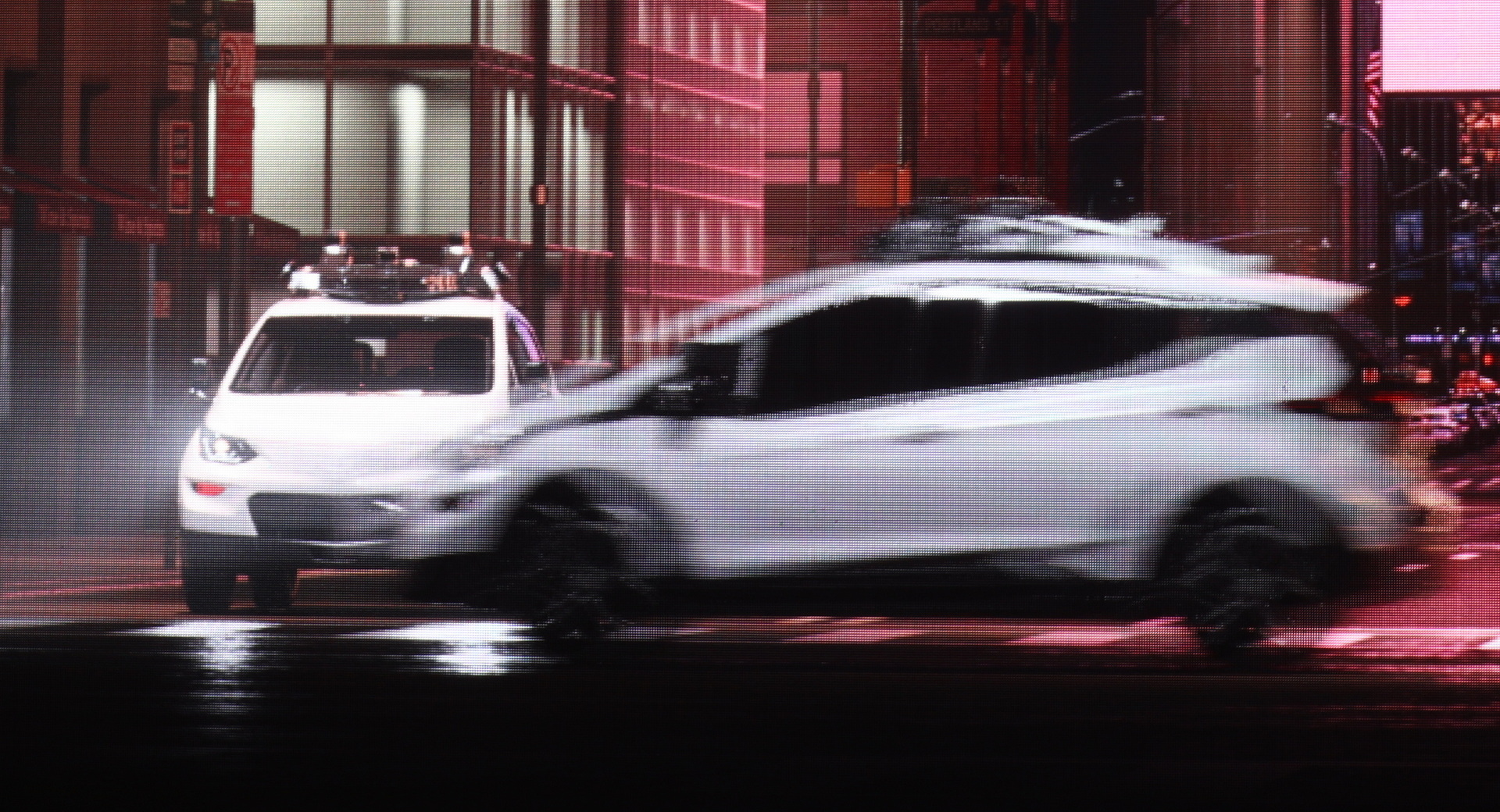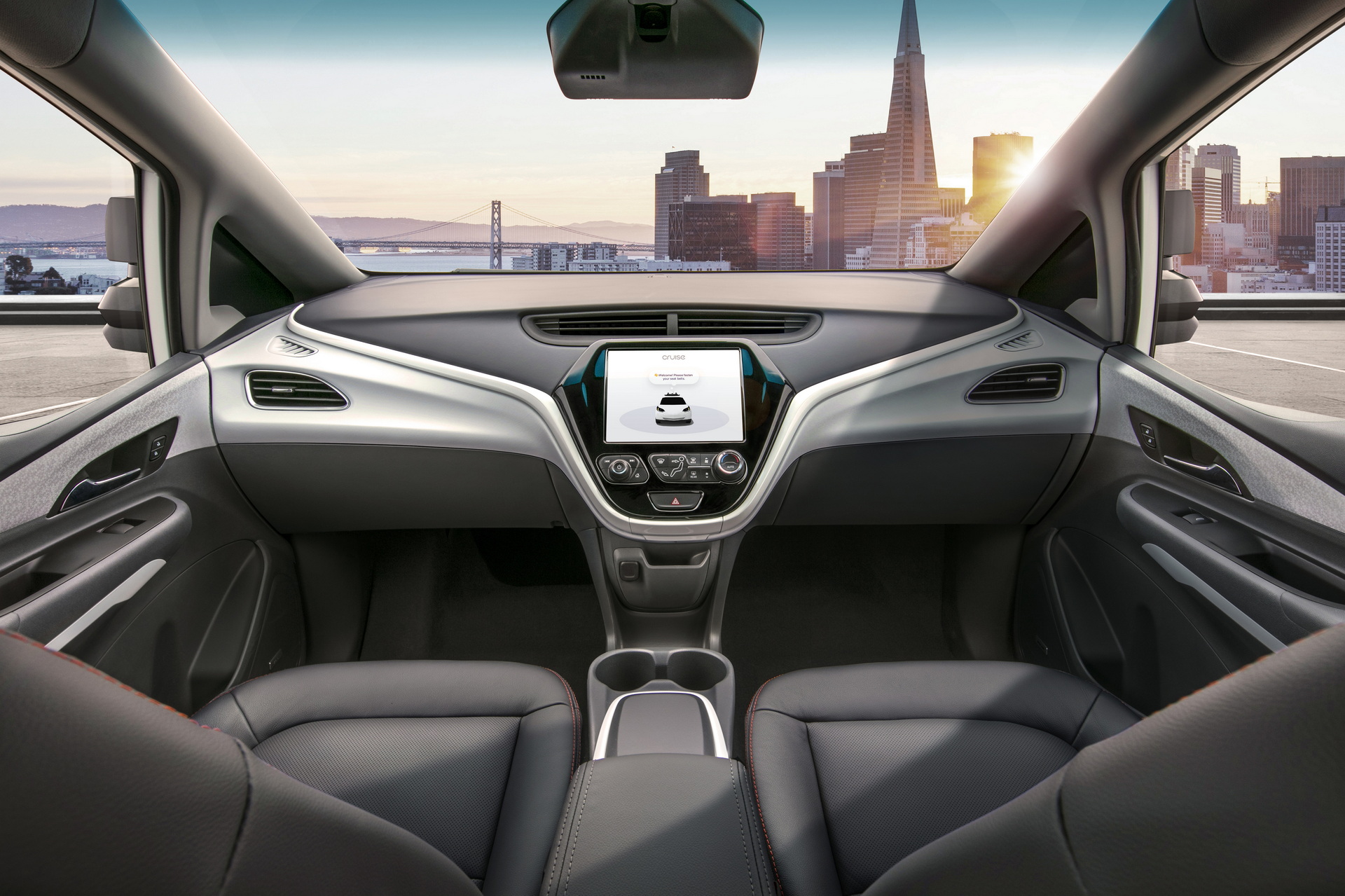Early last month, a fire truck on its way to an emergency was prevented from moving forward, in part, by a Cruise AV test vehicle. This is one of a handful of incidents giving San Francisco city officials pause as a proposed permit program is being crafted for autonomous ride-hailing vehicles.
The event took place on an April morning at around 4 a.m. as emergency responders were answering a call, reports Wired. Their progress was blocked by a double-parked garbage truck and as they pulled around to pass it, a Cruise AV test vehicle going in the other direction stopped next to the garbage truck, blocking the road completely.
“This incident slowed SFFD response to a fire that resulted in property damage and personal injuries,” city officials wrote in a filing submitted to the California Public Utilities Commission.
Read Also: Cops Pull Over Driverless Cruise Chevy Bolt In San Francisco For Driving Without Its Lights On
A Cruise spokesperson confirmed the incident to Wired, adding that the vehicle behaved as designed, yielding to the oncoming fire truck and contacting the company’s remote assistance workers. According to the company, the fire truck was blocked for 25 seconds.
The blockage was not cleared, however, until the garbage truck‘s driver ran from their work to move the vehicle. Some have pointed out that if a human had been driving the Cruise AV, they could have simply backed up to let the fire truck through. It also bears repeating that every second counts when an emergency responder is on their way to a call.
The San Francisco Fire Department confirmed the incident, too, stating that although it had been in discussions with electric and autonomous vehicle manufacturers for training before the pandemic, “we have been successful with EV training and continue to seek industry training related to autonomous vehicles.”
This is just one of a trio of incidents that San Francisco city officials pointed to in filings objecting to certain parts of a proposed permit program that is being crafted by the California Public Utilities Commission, which regulates ride-hailing across the state.
The second was a highly publicized incident in which a Cruise vehicle was pulled over driving at night without its headlights on. The third happened in late April and allegedly involved another Cruise vehicle that stopped in a crosswalk while driving through a work zone, blocking traffic for five minutes.
These incidents point to the challenges of designing autonomous vehicles that can handle so-called edge cases in which something unlikely or unexpected happens on the road. Although a human driver would likely be able to reason out a solution, autonomous vehicles have a harder time responding to those events.
These edge cases are so challenging that some in the autonomous vehicle industry have reportedly conceded that no automaker will ever build a car that is truly capable of Level 5 fully autonomous driving.




